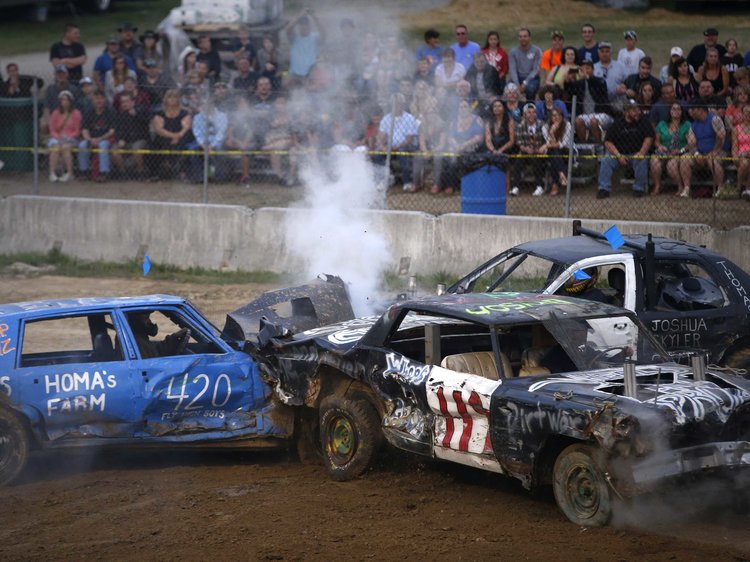While some Americans are able to get by without a personal vehicle, having reliable transportation is necessary to most. Whether it is a means to get to work or to school or to take the kids to soccer practice, a vehicle can be an important part of daily life. It is no wonder that one of the first questions bankruptcy clients ask is, “Can I keep my vehicle during bankruptcy?” Fortunately, a Chapter 13 bankruptcy debtor may be able to keep his or her vehicle and qualify for lower monthly payments.
Commonly called a “cram-down,” Section 506 of the Bankruptcy Code allows a bankruptcy court to separate a creditor’s claim into two parts (called “bifurcation”). The first part is a secured claim, which is allowed up to the value of the securing collateral. The second part is an unsecured claim, which is paid at the same rate as other general unsecured creditors or simply discharged at the end of the case.
Take for example a vehicle with a fair market value of $10,000 and a loan of $20,000 secured by a perfected lien. Under the cram-down provisions a bankruptcy court can designate $10,000 of the loan as secured (equal to the vehicle value) and $10,000 as unsecured. The secured portion is paid over three to five years in the debtor’s plan. The remaining unsecured debt is treated the same as the debtor’s medical bills, credit cards, and other unsecured debts. Obviously, cram-down can be a tremendous benefit to a debtor with an upside-down vehicle loan.
Not all vehicle loans qualify for cram-down. Section 1325(a) of the Bankruptcy Code prohibits bifurcation under certain circumstances. Let’s look at when those limitations occur:
. . .section 506 shall not apply to a claim described in that paragraph if[:]
(1) the creditor has a purchase money security interest securing the debt that is the subject of the claim,
(2) the debt was incurred within the 910-day period preceding the date of the filing of the petition,
(3) and
the collateral for that debt consists of a motor vehicle (as defined in section 30102 of title 49) [and]
acquired for the personal use of the debtor…
First, if the secured loan isn’t a purchase money interest (PMSI), there is no cram-down prohibition. Black’s Law Dictionary defines PMSI as the interest created when a buyer uses the lender’s money to make a property purchase and the lender retains a secured interest in the property as collateral for the loan. See Black’s Law Dictionary (9th ed.2009). Refinancing loans or pledges of a vehicle as collateral are not PMSI loans, so Section 1325(a) does not apply.
While the federal bankruptcy laws are meant to be uniform across the country, the sweeping changes to the Bankruptcy Code in 2005 left many questions that are still being resolved by different circuits. Courts are also currently struggling with whether inclusion of negative equity from a trade-in or purchase of an extended warranty plan transforms or bifurcates the PMSI. If transformed, then section 1325(a) does not apply. If bifurcated, then the loan is split into PMSI and non-PMSI interests. Section 1325(a) would only apply to the PMSI portion.
For instance, a California court in the case of In re Penrod broke from the rest of the country and decided that the amount of negative equity in a trade-in that was rolled into a new vehicle loan could be stripped off, even when the loan is less than 910 days old. This case highlights the different interpretations of the new bankruptcy laws and why it is critical to investigate current case law in the jurisdiction and local bankruptcy court practices.
Second, a vehicle is ineligible for cram-down if it was purchased within 910 days of the bankruptcy filing. Vehicles ineligible for cram-down during Chapter 13 bankruptcy must be repaid over the three to five year repayment period. If the vehicle was purchased more than 910 days before the bankruptcy filing, the court may bifurcate the loan in a cram-down.
Third, is the property a “motor vehicle” as defined by 42 USC 30102? The answer will almost always be “yes,” but this definition does leave some wiggle room. A “motor vehicle” means a vehicle driven or drawn by mechanical power and manufactured primarily for use on public streets, roads, and highways, but does not include a vehicle operated only on a rail line. Consequently, a Segway, a travel trailer, semi trailer, racing bike, dirt bike, and ATV are all outside the classification of “motor vehicle.”
Fourth, the vehicle must have been acquired for the personal use of the debtor. The term “personal use” is not defined by the bankruptcy code. Most courts interpret this section to mean non-business use. Some courts use a totality of the circumstances test and find that a vehicle is not acquired for personal use if it allows the debtor to make a “significant contribution” to the family income. Vehicles such as a delivery van or work truck with racks used in the debtor’s business probably fail the “personal use” test. A tougher question is when the debtor purchased the vehicle for a child or non-filing spouse. A vehicle acquired for the personal use of a non-filing family member may be outside the protection of the hanging paragraph.
One last note: even if the principal amount of the secured loan is ineligible for cram-down, the interest rate can be adjusted to a maximum allowed rate, called the “Till rate” so named after the U.S. Supreme Court case, Till v. SCS Credit Corp., 541 U.S. 465 (2004). The Till rate is constantly fluctuating, and has recently been around 6.25%. Vehicle debt for many Chapter 13 debtors is paid at the Till rate over the course of the bankruptcy case.
